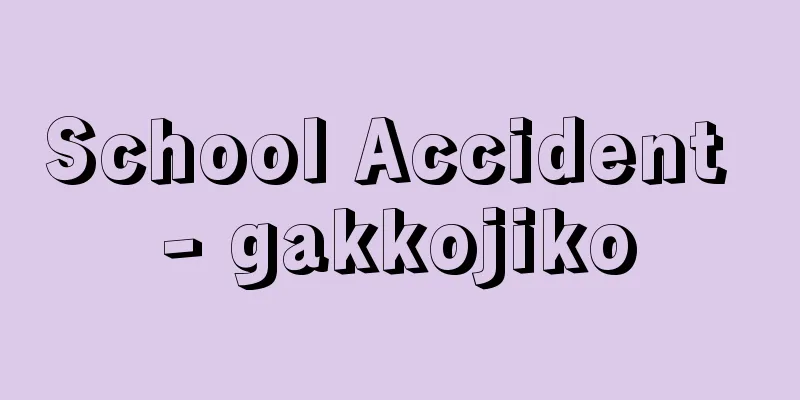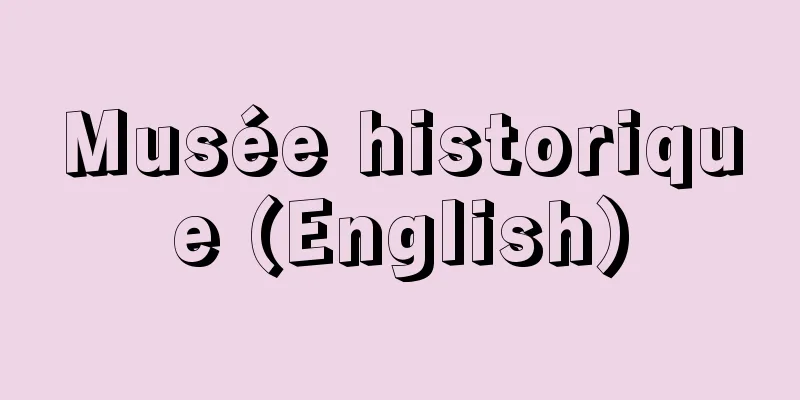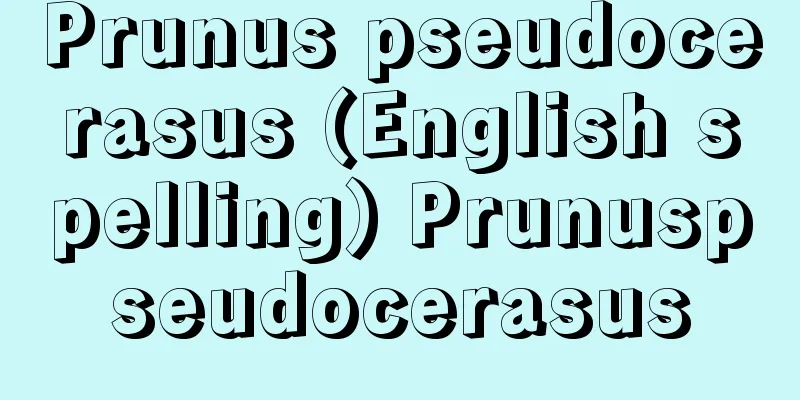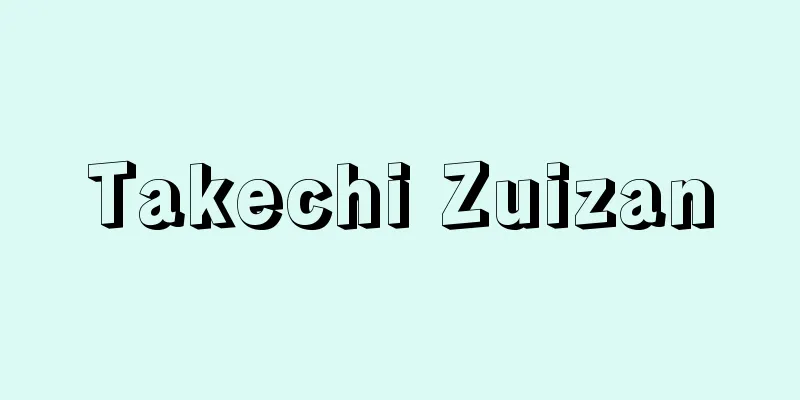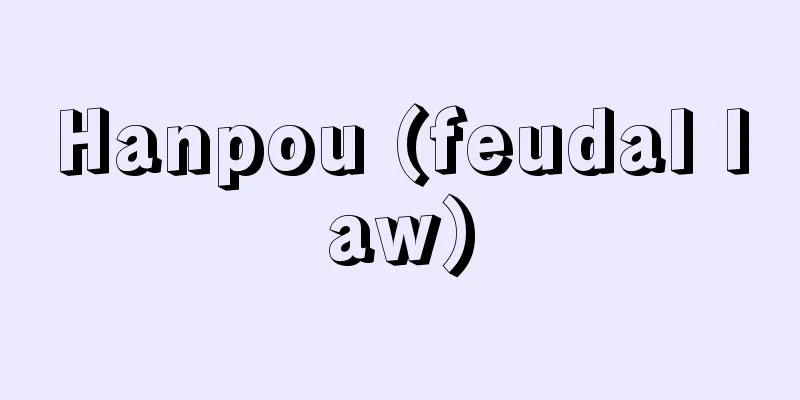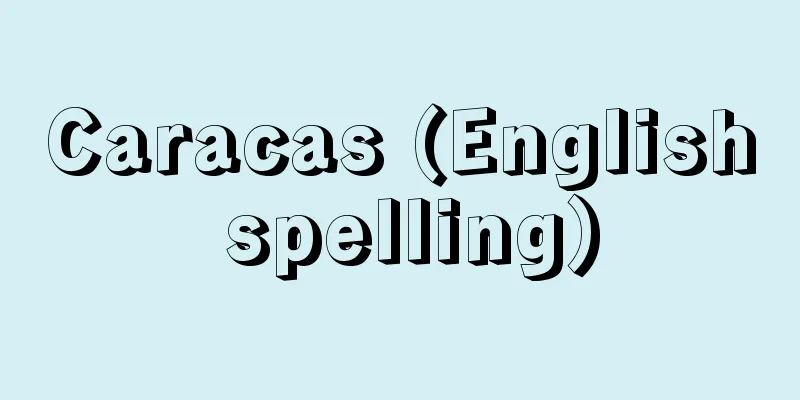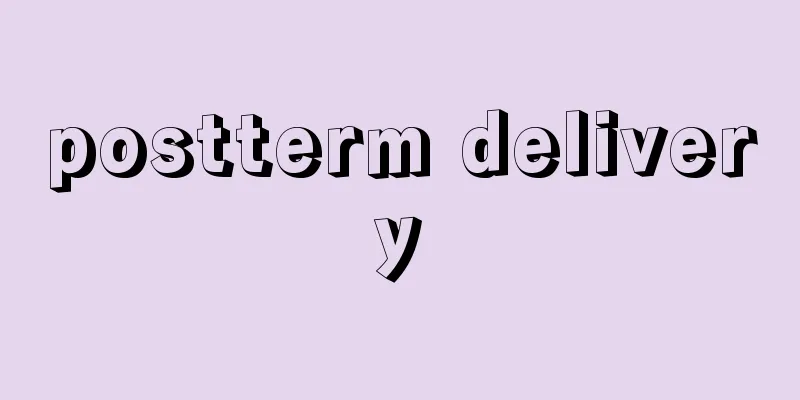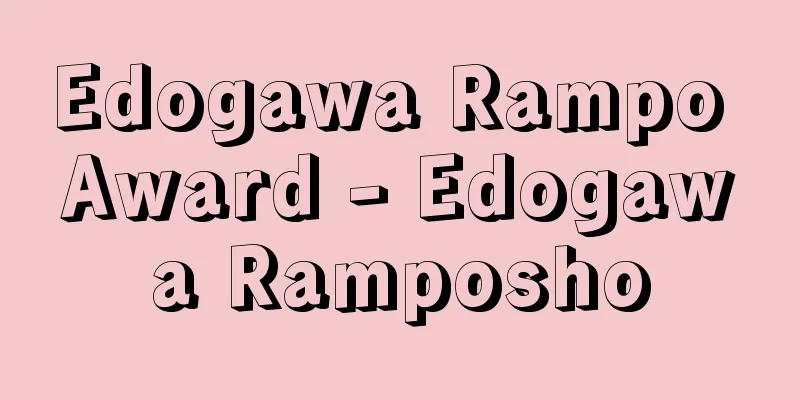Slovenia - Republic of Slovenia (English spelling)
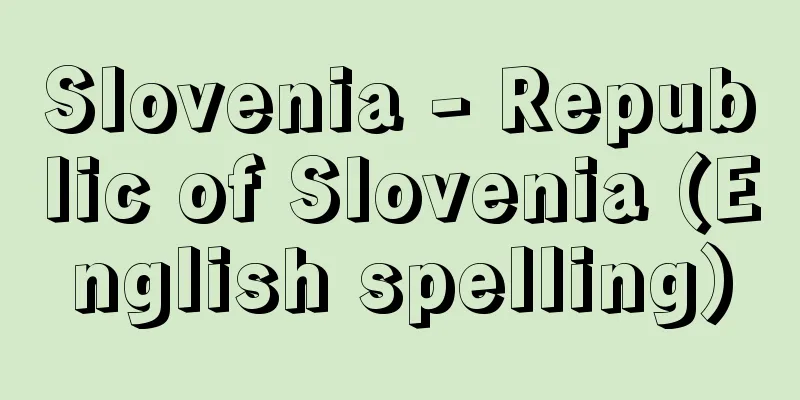
|
It was one of the six republics that made up the Socialist Federation of Yugoslavia, and became an independent republic in 1991. Slovenia was part of Austria-Hungary until World War I, and from 1918 to 1945 it was part of the unified South Slavic state of the Kingdom of Serbs, Croats and Slovenes. After World War II, it became one of the six republics that made up the Socialist Federation of Yugoslavia. After declaring independence on June 25, 1991, skirmishes broke out with the Yugoslav Federal People's Army, but these ended 10 days later, and the country gained independence and became the Republic of Slovenia. It joined the United Nations in 1992. The country borders Austria to the north, Italy to the west, Hungary to the east, Croatia to the south, and a small area on the southwestern part of the country that faces the Adriatic Sea. It has an area of 20,256 square kilometres and a population of 1,964,036 (2002 census). 83% of the population is South Slavic Slovenians, and the language they speak is Slovenian, although Hungarian and Italian are also used in areas with minority groups. The majority of the population is Roman Catholic. The capital is Ljubljana. It is a parliamentary republic. After independence, the currency was the Slovenian tolar SIT, but it became the euro in January 2007. [Kazuko Urushibara] Nature and GeographySlovenia is home to the Karavanke Mountains and the Juriske Alps, which run roughly east to west. The Juriske Alps include Mount Triglav (2,863 meters), the highest peak in the former Yugoslavia, and glacial lakes such as Bochen and Bled at the foot of the mountain. The Drava and Sava rivers originate in the Alps and flow down to the southeastern plains. Blessed with beautiful nature, the country attracts over 1.5 million tourists a year. Slovenia is a key transportation hub from the Mediterranean Sea to the Pannonian plains and from the Alps to the Balkan Peninsula, and in 1991, a tunnel through the Karavanke Mountains was completed, which included the country on a highway directly connecting it to Western Europe. Limestone is widely distributed in the western part of the republic, and the name of the limestone plateau Kras in the northwest is the origin of the German word "karst", a limestone dissolution topography. The inland has a continental climate, and the plains produce barley, wheat, potatoes, hops, grapes, and other crops. Steelworks are thriving in Jesenice, electrical equipment in Kranj, and pharmaceuticals in Ljubljana. Natural resources include limestone, mercury, oil, and natural gas. [Kazuko Urushibara] historyIn the second half of the 6th century, Slovenes settled in the upper reaches of the Sava River and the surrounding areas. In the 7th century, they were ruled by the Slavic state established in Central Europe under the rule of the Frankish Samo. In the mid-8th century, they were ruled by the Frankish Kingdom, and during the reign of Charlemagne, they accepted Catholicism and came under the influence of Roman Catholicism. As missionary activities were accompanied by colonial activities by Germans, the influence of Germans in Slovenia increased. When the Holy Roman Empire was formed in the mid-10th century, the Slovenian region came under its rule and was further Germanized. Thus, Slovenes were unable to establish their own state in the Middle Ages. However, it is said that the reason Slovenes were able to maintain their ethnic identity during this period was because of the energetic enlightenment activities of Slovenian Catholic clergy. After Rudolf of Habsburg was elected Holy Roman Emperor in the 13th century, the Habsburgs established their rule over Slovenia, which continued for over 600 years until the First World War. In the 19th century, a cultural movement for ethnic unification also took place among Slovenes. For example, in the 1860s, many cities formed reading societies to protect the Slovene language, which had a major impact on politics. Slovenes were scattered across several provinces in the Habsburg Empire, but it was the Klein region, centered in Ljubljana, that led the movement. Furthermore, during the 1848 revolution, the first demand was made in Slovenia for autonomy for a unified Slovenia, including Slovene regions such as Klein, Carinthia, and Styria (now Austria). As the importance of the Slovene language was recognized anew and Slovene identity grew, the integration of the regions inhabited by Slovenes became the greatest concern. In December 1918, the unified South Slavic state "Kingdom of Serbs, Croats and Slovenes" was founded, and most of the Slovenian region was incorporated into this state. Unlike the Croats, the Slovenes did not oppose this unified state. Their political goal was to solve the problem of the 500,000 Slovenian minority left in Italy together with the unified state. During World War II, when Yugoslavia was invaded by the Axis forces including Nazi Germany, the Slovenian region was divided between Germany and Italy. However, the partisan war against Italy and Germany was victorious, and the Federal People's Republic of Yugoslavia was established in November 1945. Slovenia became one of the six republics, and the Slovenian region that was Italian territory was transferred to the Republic of Slovenia. After World War II, under socialist Yugoslavia, Slovenia was one of the most economically developed republics, and nationalism did not emerge even as nationalist movements developed in other republics in the late 1960s. [Yoshihiro Shiba] Politics: Developments since IndependenceAs the "economic crisis" of the 1980s transformed and disintegrated Yugoslav self-managed socialism, the most advanced republic, Slovenia, began to show its outstanding behavior. Politically, conflict surfaced between Serbia, the largest republic, which had great political power in the federation and sought to maintain and strengthen it under Milošević, and Slovenia, which sought a national federation for economic reasons. In 1990, free elections were held in the six republics one after another, and in Slovenia the opposition coalition won, but the League of Communists, which had changed its name to the Democratic Reform Party, became the largest single political party. However, both the opposition coalition and the Democratic Reform Party agreed on the policy of Slovenia's independence, and at the end of the same year a national referendum on independence showed nearly 90% of votes in favor of independence. Thus, in June 1991, the independence of the Republic of Slovenia, with a population of 2 million, was declared along with the Republic of Croatia. Since its recognition as an independent nation by the European Community in January 1992, Slovenia has steadily developed without being directly involved in the civil war. The economy, which had declined sharply at one point, turned to positive growth in 1993. Economic relations with the former Yugoslavia countries were restored, and exports to the EU, especially to Germany, Italy, and Austria, increased. In 1995, Slovenia became a full member of the European Free Trade Agreement (EFTA), and in January 1996, it also became a member of the Central European Free Trade Agreement (CEFTA), which consists of four Central European countries. Furthermore, in June 1996, Slovenia was one of the first former Yugoslavia countries to sign an Association Agreement with the EU, and in July 1997, it became one of the Eastern European countries, along with Poland, the Czech Republic, and Hungary, to negotiate for new EU membership, and in May 2004, it joined the EU. Regarding relations with NATO (North Atlantic Treaty Organization), at the NATO summit in November 2002 it was decided that Turkey would officially join NATO in 2004, and Turkey achieved membership in March 2004, solidifying Turkey's position in the international community. The head of state is the president, whose term of office is five years. The first president after independence was Kucan (1941- ). In 2002, Drnovšek (1950-2008), who served as prime minister under the Kucan administration, became president, and Turkey joined NATO and the EU during his term. Since 2007, Danilo Türk (1952- ), a former professor at the University of Ljubljana, has served as president. The parliament is bicameral, consisting of the lower house, the National Assembly (90 seats, four-year term), and the upper house, the Council of State (40 seats, five-year term). In the September 2008 lower house election, the center-left Social Democratic Party became the largest party, and formed a coalition with Zales ("Truth"), the Pensioners' Party, and the Liberal Democratic Party, to form a government headed by Social Democratic Party leader Borut Pahor (1963-). [Yoshihiro Shiba] Economy and IndustryAfter independence, from 1991 to 1993, the unemployment rate was extremely high, with 11.5% in 1992 and an inflation rate of 200%, but from 1993 economic growth turned positive, and since 2001 the unemployment rate has remained in the 6% range, while the inflation rate has improved to single digits since the mid-1990s, and GDP per capita is 15,167 euros (2006), a high level among Central and Eastern European countries. Its main trading partners are Germany, Italy, Croatia, Austria, and France, and it exports transportation machinery, electrical machinery, and pharmaceuticals, and imports transportation machinery, steel, and electrical machinery, with 63% of its trade with EU countries (2003). [Kazuko Urushibara] Relations with JapanIn March 1992, Japan recognized Slovenia as a state, and in October diplomatic relations were established. In 1993, the Slovenian Embassy was established in Tokyo, and in 2006, the Japanese Embassy opened in Ljubljana. In 1995, a Japanese Language and Japanese Studies course was established at the Department of Oriental Studies, Faculty of Philosophy (Faculty of Letters) at the University of Ljubljana, and every year many students study Japan. Trade with Japan amounted to approximately 5.8 billion yen in exports and approximately 23.4 billion yen in imports (2007), with Slovenia mainly exporting timber, engines, and sporting goods, and importing transport machinery (cars, motorcycles) from Japan. [Yoshihiro Shiba] "A History of Yugoslavia" (revised edition, edited by Stephen Clissold, translated by Tanaka Issei, Shiba Yoshihiro, and Takada Toshiaki (1993, Kobunsha) " ▽ "Slovenia" (2000, Hakusuisha), written by Georges Castellan and Antonia Bernard, translated by Senda Zen (2000, Hakusuisha) ▽ "A Modern History of Yugoslavia" (Iwanami Shinsho), written by Shiba Yoshihiro [References] | | | | | | [Additional information] |"> Slovenia flag ©Shogakukan Illustration/Shogakukan Creative "> Slovenia location map Source: Shogakukan Encyclopedia Nipponica About Encyclopedia Nipponica Information | Legend |
|
ユーゴスラビア社会主義連邦を構成していた6共和国の一つで、1991年に独立した共和国。スロベニアは第一次世界大戦までオーストリア・ハンガリー領の一部であり、1918~1945年は、南スラブの統一国家「セルビア人・クロアチア人・スロベニア人王国」の一部であった。第二次世界大戦後はユーゴスラビア社会主義連邦を構成する6共和国の一つとなった。1991年6月25日独立宣言後、ユーゴ連邦人民軍との間で小競り合いが生じたが、10日後に終結して独立、スロベニア共和国となった。1992年、国連加盟。 北はオーストリア、西はイタリア、東はハンガリー、南はクロアチア、南西部はわずかにアドリア海に面している。面積2万0256平方キロメートル、人口196万4036(2002年センサス)。民族構成は83%が南スラブ系のスロベニア人、言語はスロベニア語であるが、少数民族居住区ではハンガリー語、イタリア語が併用される。宗教はローマ・カトリック教徒が多数を占める。首都リュブリャナ。議会制共和国である。独立後の通貨はスロベニア・トラールSITであったが、2007年1月よりユーロとなった。 [漆原和子] 自然・地誌スロベニアにはカラバンケ(カラワンケ)山脈、ユリスケ(ユーリッシュ)・アルプスがほぼ東西に走る。ユリスケ・アルプスには旧ユーゴスラビアでも最高峰であったトリグラウ山(2863メートル)があり、山麓(さんろく)にはボッヘン、ブレッドなどの氷河湖がある。ドラバ川とサバ川がアルプスを源流として南東の平原部に流下する。美しい自然に恵まれ、年間150万人を超える観光客が訪れる。 スロベニアは地中海からパンノニア地方の平原へ、またアルプスからバルカン半島への交通の要所であるが1991年カラバンケ山地を貫通するトンネルの完成により、西ヨーロッパと直結する高速道路に組み込まれた。共和国の西部には石灰岩が広く分布し、とくに北西部の石灰台地クラスKras地方は、その名称が石灰岩の溶食地形「カルスト」(ドイツ語)の語源となった。内陸は大陸性気候で、平野部では大麦、小麦、ジャガイモ、ホップ、ブドウなどを産する。イエセニツェの製鉄、クラニの電気機器、リュブリャナの製薬などが盛んである。天然資源としては石灰、水銀、石油、天然ガスを産する。 [漆原和子] 歴史6世紀後半、スロベニア人はサバ川上流およびその周辺地域に定住した。7世紀にはフランク人サモを支配者として中欧に築かれたスラブ人国家の統治を受けた。8世紀中ごろには、フランク王国の支配を受け、カール大帝の治世にカトリックを受容して、ローマ・カトリックの勢力下に置かれた。布教活動はドイツ人による植民活動を伴っていたので、スロベニアにおけるドイツ人の影響が増大していった。10世紀中葉、神聖ローマ帝国が形成されると、スロベニア人の地域はこの支配を受け、さらにドイツ化が進められた。このように、スロベニア人は中世に自らの国家を建国することができなかった。しかし、この時期にスロベニア人が自らの民族性を保持しえたのは、スロベニア人のカトリック聖職者が精力的に啓蒙(けいもう)活動を展開したからだとされている。13世紀にハプスブルク家のルドルフが神聖ローマ帝国の皇帝に選出されたあと、スロベニアに対するハプスブルク家の支配が確立し、第一次世界大戦期まで600年以上も続いた。19世紀になると、スロベニア人の間でも文化的な民族の統一運動、たとえば1860年代には、スロベニア語を守るための読者協会が多くの都市に結成されて、政治にも大きな影響を及ぼした。スロベニア人はハプスブルク帝国内のいくつかの州に分散していたが、こうした運動に先鞭(せんべん)をつけたのはリュブリャナを中心とするクライン地方であった。さらに、1848年革命期にスロベニアではクライン、ケルンテン、シュタイアーマルクなど(現オーストリア)のスロベニア人地域を含む統一スロベニアの自治が、初めて要求として掲げられた。スロベニア語の重要性が改めて意識され、スロベニア人意識が強まるにつれ、スロベニア人の住む地域の統合が最大の関心事となっていく。1918年12月、南スラブの統一国家「セルビア人・クロアチア人・スロベニア人王国」が建国され、スロベニア人地域の大部分がこの国家に組み込まれた。スロベニア人はクロアチア人とは違って、この統一国家に反対の姿勢をとらなかった。イタリアに残された50万のスロベニア人少数民族の問題を統一国家とともに解決することが政治目標だったからである。第二次世界大戦期には、ユーゴスラビアがナチス・ドイツをはじめとする枢軸国軍の侵攻を受けると、スロベニア地域はドイツとイタリアによって折半された。しかしイタリアとドイツに対するパルチザン戦争が勝利を収め、1945年11月にユーゴスラビア連邦人民共和国が成立。スロベニアは6共和国の一つとなり、イタリア領であったスロベニア人地域がスロベニア共和国に帰属することになった。第二次世界大戦後、社会主義ユーゴのもとで、スロベニアは経済的に最先進共和国の地位を占め、1960年代末に他の共和国で民族主義的な運動が展開されても、ナショナリズムの動きが表面化することはなかった。 [柴 宜弘] 政治―独立以後の発展1980年代の「経済危機」により、ユーゴ自主管理社会主義が変質し崩壊していく過程で、最先進共和国スロベニアの突出した行動が顕著になる。政治的には連邦に大きな力をもち、ミロシェビッチのもとで連邦の維持、強化をねらう最大の共和国セルビアと、経済的観点から国家連合形態を求めるスロベニアとの対立が表面化した。1990年、自由選挙が6共和国で順次に行われ、スロベニアでは野党連合が勝利を収めたが、民主改革党と改称した共産主義者同盟が単一の政党としては第一党となった。しかし、野党連合も民主改革党もスロベニアの独立の方針では一致しており、同年末の独立の是非を問う国民投票では90%近い独立賛成票が示された。こうして1991年6月、クロアチア共和国とともに、人口200万のスロベニア共和国の独立が宣言された。スロベニアは1992年1月のEC(ヨーロッパ共同体)による独立承認以後、直接的には内戦に巻き込まれることはなく、着実な発展を遂げた。一時、大幅に落ち込んだ経済も1993年にはプラス成長に転じた。旧ユーゴスラビア諸国との経済関係が修復され、EU(ヨーロッパ連合)とくにドイツ、イタリア、そしてオーストリアへの輸出が増大した。1995年にはEFTA(エフタ)(欧州自由貿易協定)の正式加盟国となり、1996年1月には中欧4か国からなるCEFTA(中欧自由貿易協定)の加盟国にもなった。さらに1996年6月には、旧ユーゴスラビア諸国のなかではいち早くEUと連合協定を締結し、1997年7月には東欧諸国ではポーランド、チェコ、ハンガリーと並んで、EUの新規加盟交渉国となり、2004年5月にEUに加盟した。NATO(ナトー)(北大西洋条約機構)との関係では、2002年11月のNATO首脳会談で2004年にNATOへ正式加盟することが決定し、2004年3月には加盟が実現、国際社会での地位を確実なものとした。元首は大統領で任期は5年。独立後の初代大統領はクーチャン(1941― )。2002年にはクーチャン政権下で首相を務めたドルノウシェク(1950―2008)が大統領に就任、任期中にNATO、EU加盟を果たした。2007年より元リュブリャナ大学教授のチュルクDanilo Türk(1952― )が大統領を務める。 議会は二院制で、下院にあたる国民議会(90議席、任期4年)と上院にあたる国家評議会(40議席、任期5年)で構成されている。2008年9月の下院選では、中道左派の社会民主党が第一党となり、ザレス(「真理」)、年金者党、自由民主党と連立を組み、社会民主党党首のパホルBorut Pahor(1963― )を首班とする政権を発足させた。 [柴 宜弘] 経済・産業独立後の1991~1993年は失業率はきわめて高く、1992年の失業率は11.5%、インフレ率は200%であったが、1993年より経済成長がプラスに転じ、2001年より失業率は6%台を推移、インフレ率も1990年代なかばより1桁(けた)台と改善、1人当りGDPは1万5167ユーロ(2006)であり、これは中欧・東欧諸国のなかでは高い水準にある。おもな貿易相手国はドイツ、イタリア、クロアチア、オーストリア、フランスなどで、輸送機械、電気機械、医薬品を輸出し、輸送機械、鉄鋼、電気機械を輸入、EU諸国との貿易が63%を占める(2003)。 [漆原和子] 日本との関係1992年(平成4)3月、日本はスロベニアを国家承認し、10月に外交関係を樹立した。1993年には東京にスロベニア大使館が設置され、2006年にはリュブリャナに日本大使館が開設された。1995年にはリュブリャナ大学哲学部(文学部)東洋学科に日本語・日本研究コースが開設され、毎年多くの学生が日本研究を行っている。対日貿易は輸出額約58億円、輸入額が約234億円(2007)で、おもに木材、原動機、スポーツ用品を輸出し、日本から輸送機械(自動車、オートバイ)を輸入している。 [柴 宜弘] 『スティーブン・クリソルド編、田中一生・柴宜弘・高田敏明訳『ユーゴスラヴィア史』増補版(1993・恒文社)』▽『ジョルジュ・カステラン、アントニア・ベルナール著、千田善訳『スロヴェニア』(2000・白水社)』▽『柴宜弘著『ユーゴスラヴィア現代史』(岩波新書)』 [参照項目] | | | | | | [補完資料] |"> スロベニアの国旗 ©Shogakukan 作図/小学館クリエイティブ"> スロベニア位置図 出典 小学館 日本大百科全書(ニッポニカ)日本大百科全書(ニッポニカ)について 情報 | 凡例 |
<<: Slovenian - Slovenia (English spelling)
>>: Slovak - Slovakian (English spelling)
Recommend
Azetentsuki - Azetentsuki
→Tentsuki Source : Heibonsha Encyclopedia About My...
Local government officials - Zaichoukanjin
Also called Chokan or Zaicho. A local official wh...
Umbonium (Suchium) koynense (English spelling) Umbonium koynense
…[Tadashige Nabe]. . … *Some of the terminology t...
Gaeta (English spelling)
Ancient name: Gaieta. A port city and naval port i...
Wofachit - Wofachit
...In this case, a membrane that is resistant to ...
Equal, E. - Equal
…Even in recent times, due to political upheaval ...
Deposition disease - Chinchakusho (English spelling) Deposition
Discoloration caused by the deposition of foreign ...
Independent Exhibition - Salon des Artistes Indépendants (English name)
An art exhibition organized by avant-garde artists...
Macrinus, Marcus Opellius
[Birth] 164 years old. Mauretania [Died] June 218....
Portamento (English spelling) portamento Italian
A technique in Western music. It is a technique f...
Congested liver - Ukkekkakan
…In addition to the above, liver cysts, liver abs...
Gen'e
[?-1350] A Tendai Buddhist monk from Kyoto during ...
Mari (language) (English)
…Half of these people live in the Mari El Republi...
Guzana
...This pottery is a magnificent work that is con...
amané (English spelling) amane
...There are many other forms of traditional folk...
